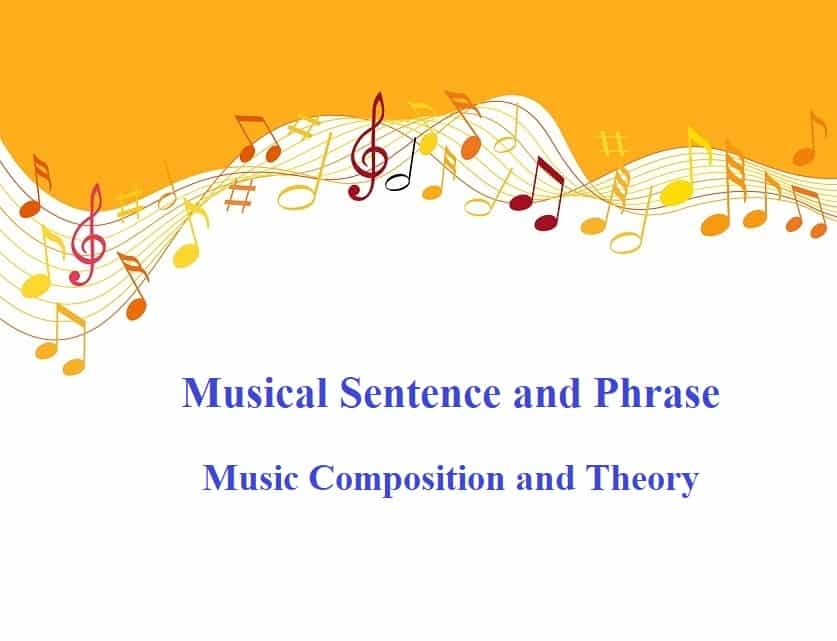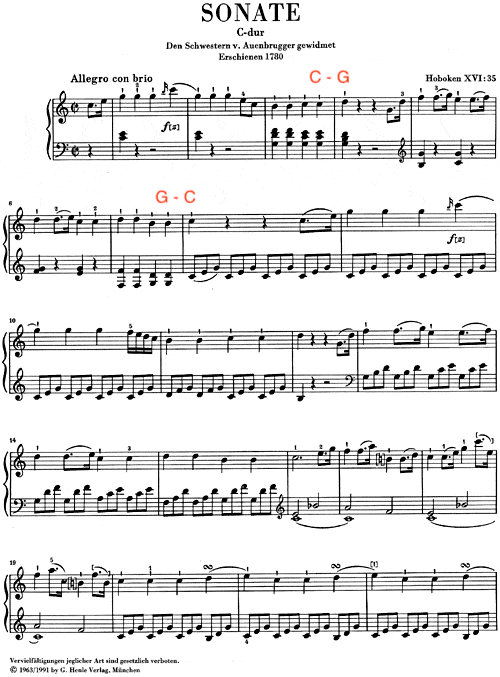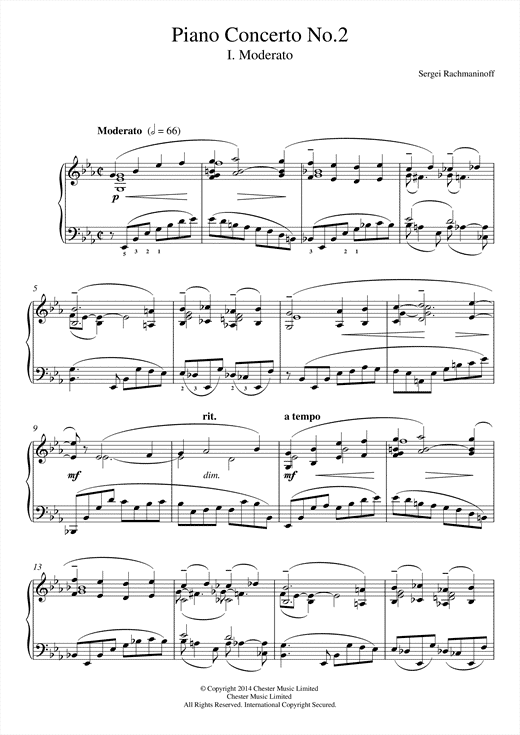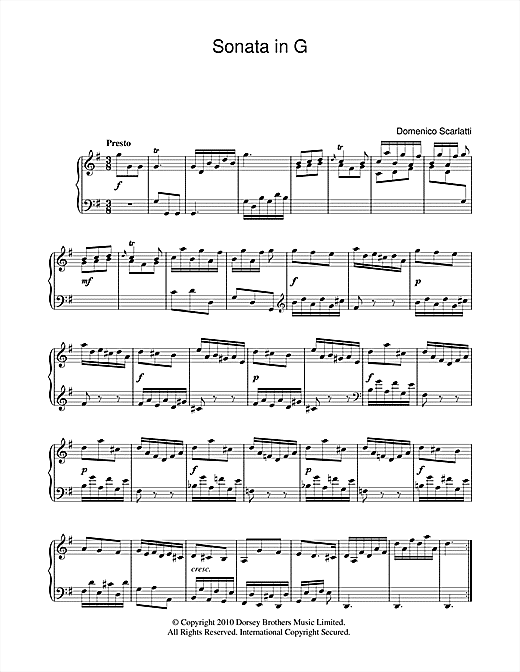
The idea that music and language are closely related is not a new one although Stravinsky is supposed to have claimed that “music by its very nature is incapable of expressing anything”. Whether music can or cannot express anything is perhaps a topic for another article.
What does remain for consideration is the fact that music is often described in the way a language could be. An example of this is in the use of words such as, phrase or sentence that will be the focus of discussion.
Musical Sentence and Phrase
Alongside the idea of phrase and sentence, we need to be aware of the musical cadence. Cadences are, to use another language analogy, the full-stops, and commas in music. They bring a musical phrase to a close or allow it to continue onwards. These cadences each have names and may already be familiar to you either by sound or sight.
The cadence that most frequently concludes a piece of tonal (key centered) music is the ‘perfect’ cadence. This is made up of the dominant or 5th chord in the tonic (home) key followed by the tonic or first chord in the home key. In the key of C major, these chords would be G (dominant) and then C (tonic) and without fail this will bring a piece to a satisfactory finish.
Other cadences use different chords that as you would expect, have a different effect on the music which they are harmonically supporting. The opposite of the ‘perfect’ cadence is the ‘imperfect’ that simply reverses the chords used in the perfect cadence and leaves the music free to move on to another stage.
It is these cadences then that mark out, in most cases, the musical sentence. They bring a clear ‘sense’ to a given passage of music in this way. If you remove the cadence then the music can feel like it is wandering without harmonic direction unless crafted by particularly skilled hands.
The concept of a musical phrase refers to a part of a composition into which the melodic line most naturally shapes. Classical music is often described during analysis as having ‘periodic phrasing’ as a feature of the period. What is meant by this term is a melodic shape that commonly adopts a four-plus four-bar pattern.
It would also be anticipated in this type of phrasing for the cadence at the end of the first four bars to be an imperfect and a perfect cadence as the close of the second phrase. This type of phrase is perhaps one of the more easily found in music and time spent spotting periodic phrasing will help when looking into more complex and less predictable examples.

In the example above (Haydn’s Sonata in C Major), it is relatively easy to see the phrase structure and the respective cadence points. It is easy to overlook that fact that Haydn begins the piece on the ‘upbeat’ (in this case what would be the last beat of the previous bar), but that the phrasing is still periodic.
The cadence points are in red on the score. What this illustrates is that at the end of the first four bars, Haydn follows the pattern we might expect, and uses an imperfect cadence (C – G). As the next four bars progress, Haydn then concludes the phrase, or musical sentence, with a perfect cadence in the home key of C.

In the above extract from the famous Rachmaninov Second Piano Concerto, it is much more challenging to find the cadence points and decipher the phrasing. This is partly because as music evolved, the complexities of harmony and melody naturally increased as composers strove to write and express themselves in new ways.
This piece in many ways exemplifies the Romantic trend to extend phrases, use elaborate and colourful harmonies that are far more challenging to distinguish in terms of common chords. The ‘slur’ markings in both hands of the piano part can also be thought of as phrase markings that indicate the ebb and flow of the melody.
Rachmaninov does employ the same harmonic principles as Haydn in that bars nine an ten are effectively a perfect cadence in the key of E flat major at the end of a ten bar sentence. The opening melody then continues from bar ten with the melody in octaves in the right hand of the piano.
Below is a Piano Sonata by the Italian composer Domenico Scarlatti. Scarlatti has earned the reputation as a composer of electrically energetic, one-movement pieces. This example is no exception but again serves to show the idea of phrase or sentence and cadential points.

The tonic key is G major. Interestingly, Scarlatti’s first four bars remain solely in this home key without cadence. It is only in bar 8 that there is a perfect cadence ( D – G), that is repeated in bar 12. Here the phrases remain in fours but spread initially over a 12 bar passage.
There are no slurs to further indicate Scarlatti’s intentions but the imitation that he employs so artfully is an aid to how the music feels. As a point of note, by the end of the page, Scarlatti has modulated (changed key) to the dominant key of D major that is preceded by a perfect cadence in that new key.
Another thought to reflect on is phrasing during the performance. Quite often players and singers are credited with delivering beautifully phrased passages during their performances. This may be as a result of their particular interpretation of the score that in subtle manner steps slightly outside or away from the notation and delivers something remarkable.
As a singer then phrasing is dictated to an extent, by careful breath control. The same is true for woodwind and brass players. It is the players or ensembles sensitivity to the implications of the musical phrases that the composer has written that often distinguish a mediocre performance from an outstanding and unique one.
